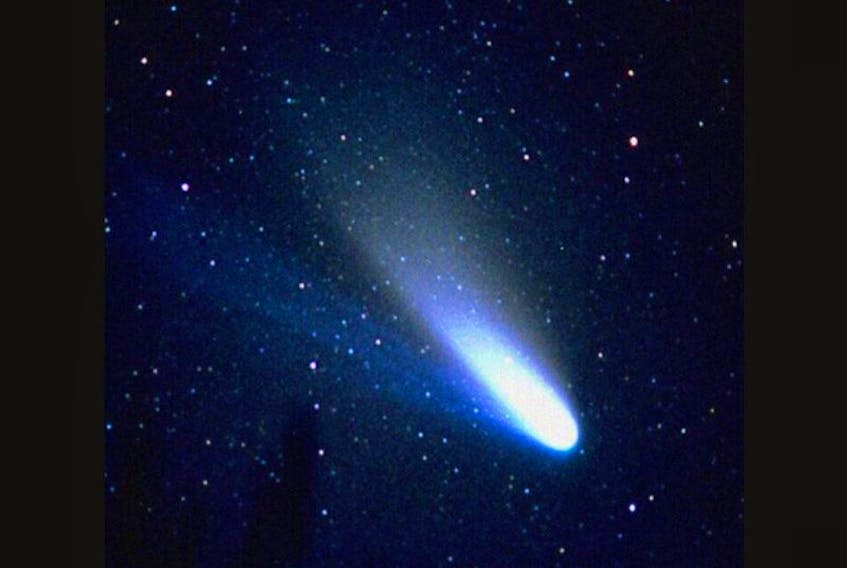Hi Sky People,
It’s sky time again. This month I’m going to take us on a pattern-finding tour.
As we have explained before, we humans see patterns in the sky that occur simply by chance. Let’s look at a pattern, which, soon, we will not be able to see until next winter.
First, we will identify Orion – the Hunter – but which I call the hourglass. Begin by looking in the southwest just less than half way to the top of the sky and see a line of three bright stars close together. This is the “belt” of Orion, or using my shape, the neck of the hourglass. Keeping in mind the shape of an hourglass, you should now be able to identify the four corner stars of the hourglass. Hopefully you have gotten this far.
Next, pick the bright star which forms the lower right of the hourglass. This is Rigel. It forms the beginning of what we are going to call the “Winter Circle” or “Winter Football.” Starting from Rigel go left to find the brightest star in the sky, Sirius. Next, go almost directly upwards and ever so slightly to the left and find another bright star – Procyon. Thence directly up to a pair of stars – Pollux and Castor –almost directly overhead. This time we go directly to the right and we will find Capella. Then straight down to the next bright star Aldebaran, and then back, diagonally and down to the left and you are back at Rigel in Orion.
You have done the Winter Circle. Good luck. Now you are a real amateur astronomer.
So, what is in the sky this month?
Finally, it’s worthwhile to go back to the evening sky, which for the last several months, has been bare of planets. Now we will find two – Venus and Mercury. Starting on March 1, between the west-southwest and the west, look low towards the horizon. Venus, the brighter, is on top and Mercury just to the lower right. As we progress to March 15, Mercury will gain height and pass Venus, but by March 20, it’s once again descending, and lies just beside Venus.
By March 24, Mercury is no longer visible and planet wise, Venus, brilliant Venus, has the night sky to itself. No other naked eye planets are visible in the night sky.
So, what about the morning sky, before the sun rises?
Here we will find Jupiter, Saturn, and Mars. To find Jupiter, look in the south one hour before sunrise. Saturn and Mars are beside each other in the south-southeast, and through the month are slowly approaching each other. That is our planets.
What about the moon?
It was full on March 1 and new moon is on St. Patrick’s Day – March 17. Now, there is a second full moon on March 31, and so we call this a Blue Moon. Remember, we had a Blue Moon in January. Now, the next Blue Moon will not be until Oct. 2020. However, some people define a Blue Moon as a third full moon in one season, and by this definition, the next Blue Moon will be May 2019. Go figure.
Well, that is a wrap for this month. See you again next month.









